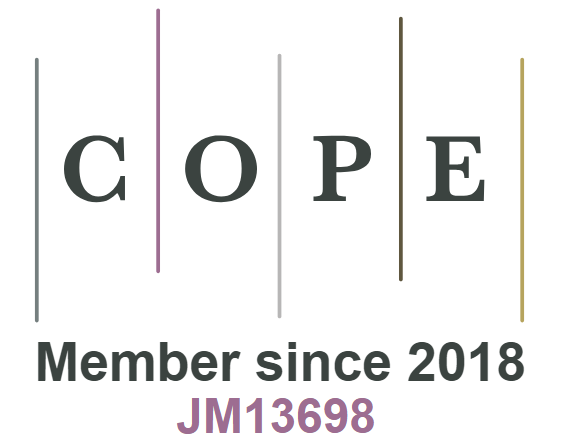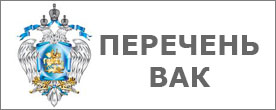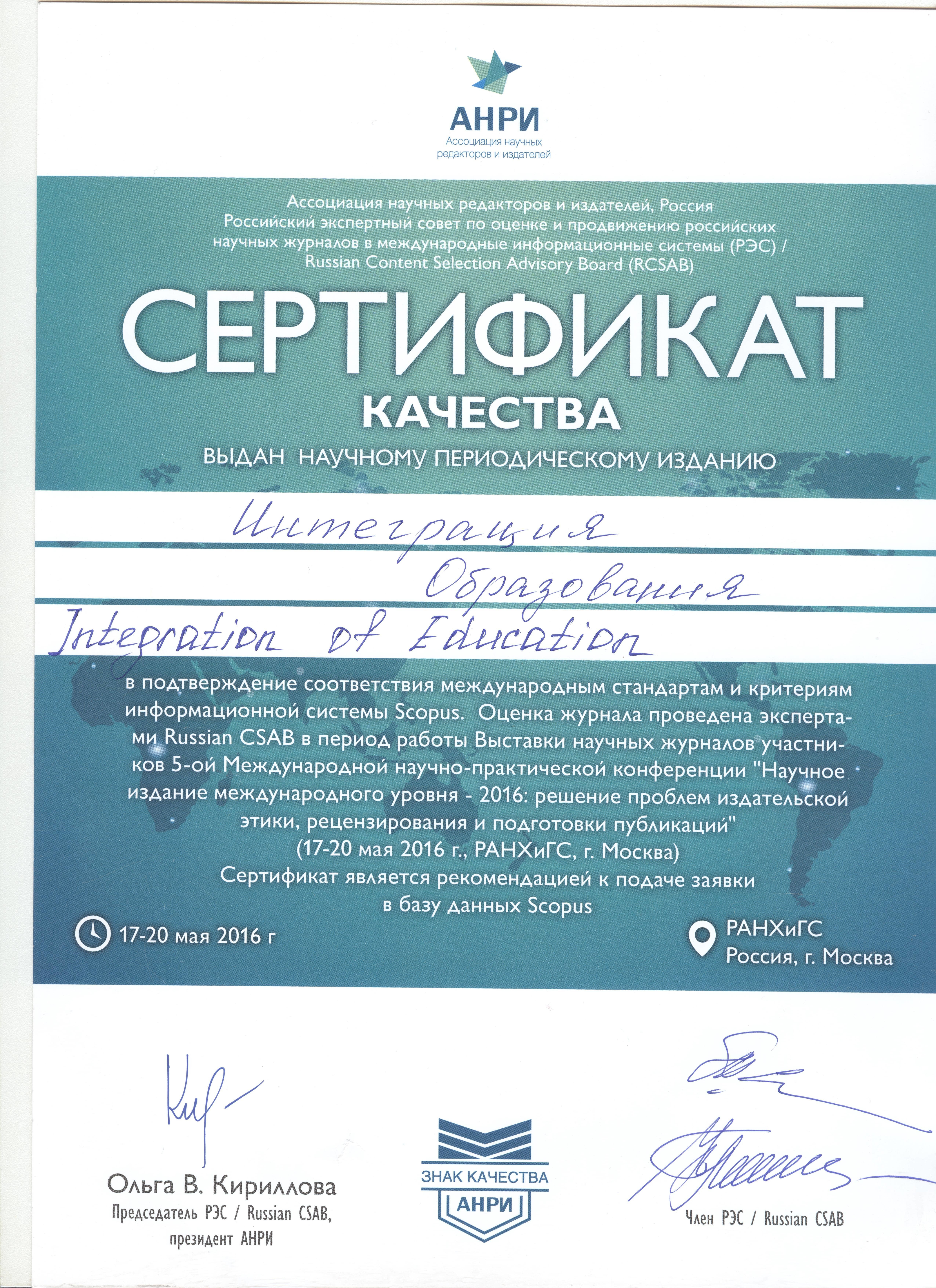UDC 378.1-049.5
DOI: 10.15507/1991-9468.086.021.201701.112-123
DESIGN MODELING OF A UNIVERSITY’S COMPREHENSIVE-INTEGRATED SECURITY SYSTEM
Marina V. Dulyasova
Chief Researcher, Gubkin Russian State University of Oil and Gas (65 Leninsky Ave, Moscow 119991, Russia), Dr.Sci. (Economy), professor, ORCID: http://orcid.org/0000-0001-5562-9402, This email address is being protected from spambots. You need JavaScript enabled to view it.
Valeriy V. Markin
Chief Researcher, Institute of Sociology of the Russian Academy of Science (24/35 Bd. 5 Krzhizhanovsky St., Moscow 117218, Russia), Dr.Sci. (Sociology), professor, ORCID: http://orcid.org/0000-0002-8851-0472 , This email address is being protected from spambots. You need JavaScript enabled to view it.
Introduction: the safety of higher education institutions is considered to be of great importance nowadays. Security challenges need to be addressed through a comprehensive and integrative approach. This approach provides neutralisation of various threats systemically, risk prevention, minimisation of the tangible and moral harm. The project concept of “safe university” is proposed and substantiated for the above-mentioned purposes.
Materials and Methods: the authors used a special literature survey on the issue, which is divided into three main groups of publications, where the complex security of educational institutions is considered in the context of the general theory of security, in the educational-methodical plan and within the framework of sociological, psychological and pedagogical approaches. The legislative and regulatory sources also indicated, legislative and regulatory legal acts reviews, “Safe City” concept, National standard “Information security technologies: complex and integrated ones. Standard requirements to architecture and technologies of intellectual systems of monitoring for safety of the companies and the territories” (State standard specification P 56875-2016), documents of higher education institutions, media reports. The analysis and generalisation of information was coupled with project modeling of the new comprehensive system of higher education institution security.
Results: the authors introduce the concept, architecture and model of the comprehensive integrated higher education institution security, monitoring based on measures and indicators pertaining to implementation of standard requirements and level of satisfaction with safety, evaluation of the taken measures in terms of efficiency.
Discussion and Conclusions: the main contours of the model for comprehensive integrated security system in a higher education institution and algorithm of interaction between the subjects are determined. These indicators allow measuring and estimating the efficiency of safety in a higher education institutions.
Keywords: project modeling; architecture of complex safety; integrated system; higher education institution; monitoring; system of measures and indicators; efficiency evaluation
Acknowledgements: The article is written within R&D work Development of Scientific and Methodological Foundations of the Automated System of Monitoring Security Situation in the Subordinated Organisations of the Ministry of Education and Science of the Russian Federation Online. Authors would like to thank members of the project team A. V. Rogovaya Ph.D. (Sociology), V. M. Peshkova Ph.D. (History), V. Yu. Sokolov, O. V. Klimochkin Ph.D. (Economy) for their ideas used in this article and to editorial office staff and reviewers for useful remarks and recommendations. The article was prepared within the research project of the State task “Development of Scientific and Methodological Foundations of the Automated System of Monitoring Security Situation in the Subordinated Organisations of the Ministry of Education and Science of the Russian Federation Online”.
For citation: Dulyasova MV, Markin VV. Design modeling of a university’s comprehensive-integrated security system. Integratsiya obrazovaniya = Integration of Education. 2017; 1(21):112-123. DOI: 10.15507/1991- 9468.086.021.201701.112-123
Contribution of the authors: Marina V. Dulyasova managed the research project, wrote the introduction, conclusion and the part about different systems of higher education institution security . Valeriy V. Markin reviewed the literature, described materials and methods of the research, wrote the parts about methodologies of modeling the systems of higher education institution security and efficiency evaluations.
All authors have read and approved the final manuscript.





























